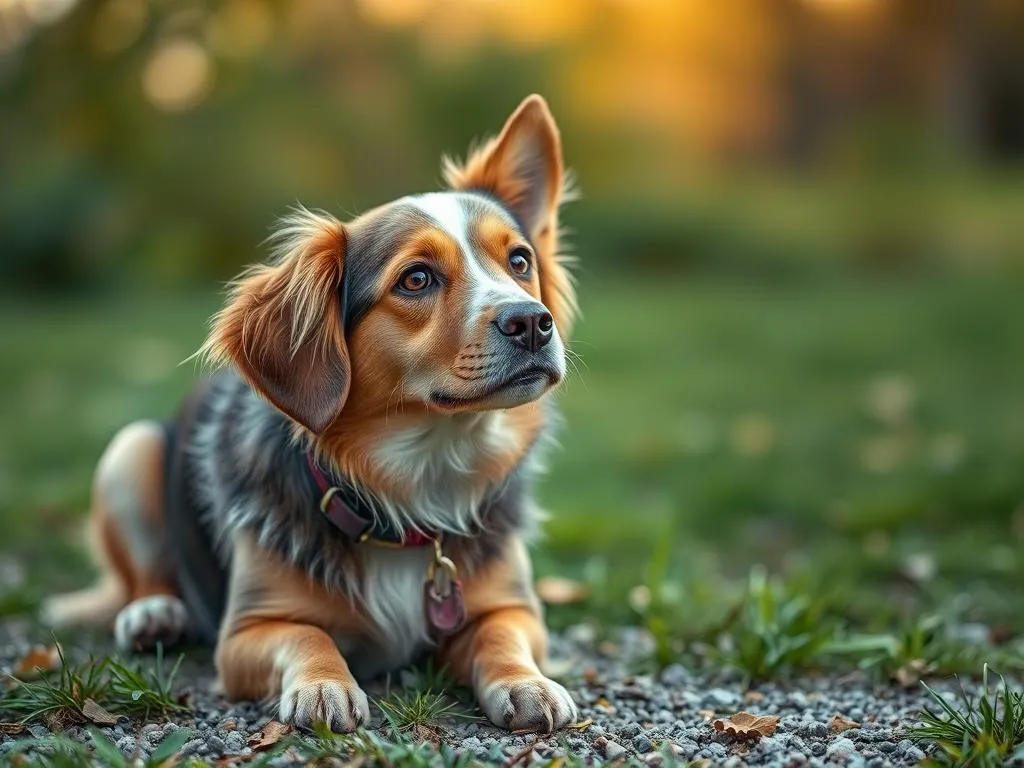
Understanding the right timing for exercising your dog after mealtime is crucial for their health and well-being. It’s a question many dog owners ponder: how long should I wait to take my dog out after eating? The relationship between a dog’s digestion and exercise can significantly impact their overall health. This article will explore the digestive process in dogs, the recommended waiting times, signs that indicate when it’s safe to go out, special considerations for different breeds, and more.
Understanding Dog Digestion
The Digestive Process in Dogs
A dog’s digestive system is quite efficient. When a dog eats, food travels through the esophagus into the stomach, where it begins to break down due to gastric acids. This process can take anywhere from 8 to 10 hours for food to move through the stomach and small intestine, and up to 24 hours to fully digest in the large intestine. Therefore, understanding this process is vital when considering when to take your dog out post-meal.
Factors Influencing Digestion
Several factors can influence how long it takes for your dog to digest food:
- Type of Food: Wet food typically digests faster compared to dry kibble. Foods high in fat may take longer to process.
- Size and Breed: Larger breeds often have slower metabolisms than smaller breeds, affecting their digestion timing.
- Age and Health Condition: Puppies and older dogs may have different digestive rates due to their developmental stages or health issues.
General Guidelines for Exercise After Eating
Recommended Waiting Times
So, how long should I wait to take my dog out after eating? While there is no one-size-fits-all answer, most veterinarians recommend waiting at least 30 minutes to 2 hours after a meal before engaging in vigorous exercise. This timeframe allows your dog’s body to focus on digestion without the stress of physical activity.
Importance of Waiting
Immediate exercise can lead to serious health issues like bloat, particularly in large breeds, which can be life-threatening. When a dog exercises right after eating, the stomach can twist or dilate, causing discomfort and potential medical emergencies. On the other hand, waiting helps ensure that food is adequately processed, reducing the risk of gastrointestinal issues.
Signs That Indicate Your Dog is Ready to Go Out
Behavioral Cues
After a meal, pay attention to your dog’s behavior. Signs of restlessness or eagerness might suggest they are ready to go out. If your dog is pacing, whining, or bringing you their leash, they might be signaling that they are ready for a walk.
Physical Signs
Look for notable changes in your dog’s energy levels after eating. A dog that appears relaxed and calm is likely still digesting and may not be ready for exercise. Conversely, if they seem energized and playful, it could be a sign that they’ve had enough time to digest their meal.
Special Considerations for Different Breeds
Large Breeds vs. Small Breeds
Larger breeds often require a longer waiting period after eating. It’s recommended to wait at least 1 to 2 hours before exercising them. Smaller breeds, on the other hand, may be ready to go out in about 30 minutes to an hour, as they typically face a lower risk of bloat.
Puppies vs. Adult Dogs
Puppies have different exercise needs compared to adult dogs. While they may be eager to play or go out shortly after eating, it is essential to monitor their behavior and ensure they have had enough time to digest. As dogs mature, their exercise requirements and tolerance levels change, making it essential to adapt your routine accordingly.
Health Conditions That Affect Exercise Timing
Common Digestive Issues
Certain health conditions can complicate your dog’s digestion and exercise routine. Conditions like bloat or gastroenteritis can arise, especially in breeds predisposed to these issues.
Recommendations for Dogs with Health Issues
If your dog has a known health condition, it is crucial to consult with a veterinarian about your dog’s exercise routine. They may suggest tailored waiting times or specific activities that are safer for your dog’s unique health profile.
Tips for Managing Post-Meal Exercise
Creating a Routine
Establishing a consistent feeding and exercise schedule can greatly benefit your dog. By feeding them at the same time each day, you can better predict when they will need to go out for exercise. A routine helps your dog know what to expect, reducing anxiety and promoting good behavior.
Alternative Activities While Waiting
While waiting for your dog to digest their meal, consider engaging them in low-energy activities. This could include:
- Puzzle Toys: These can provide mental stimulation and keep your dog occupied as they wait.
- Gentle Play: Light, indoor play can help keep your dog entertained without overexerting them.
- Training Sessions: Short training sessions can also be a great way to bond and keep your dog engaged without too much physical activity.
FAQs
What if my dog seems hungry again soon after eating?
It’s normal for some dogs to appear hungry shortly after eating. However, avoid giving extra food until the next scheduled meal to prevent obesity and digestive issues. If this behavior persists, consult your veterinarian, as it may indicate underlying health issues.
How long should I wait if I’ve just changed my dog’s diet?
If you’ve recently switched your dog’s diet, it’s advisable to wait longer before taking them out. New foods can affect digestion, and it may take time for their system to adjust. Monitor your dog closely for any signs of discomfort or digestive upset.
Can I take my dog for a walk right after eating if it’s a short one?
While a very short, leisurely stroll might be acceptable, it’s generally best to avoid any form of exercise right after eating. If you must take them out, consider a slow-paced walk on flat ground, keeping it low-impact.
Conclusion
Understanding how long should I wait to take my dog out after eating is vital for your dog’s health and happiness. By paying attention to their digestion, behavior, and specific needs based on breed or health, you can help ensure that your furry friend stays healthy. Always observe your dog’s individual needs, and don’t hesitate to consult with a veterinarian for personalized advice. With the right approach to post-meal exercise, you can promote a healthier, happier lifestyle for your canine companion.









